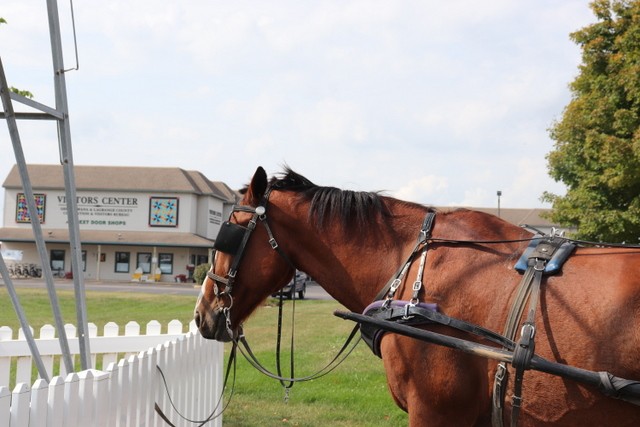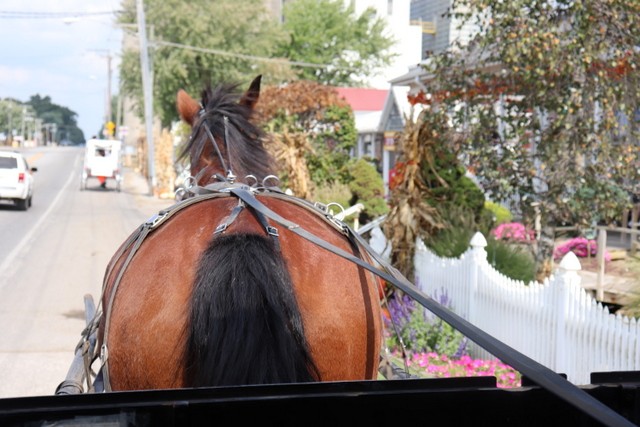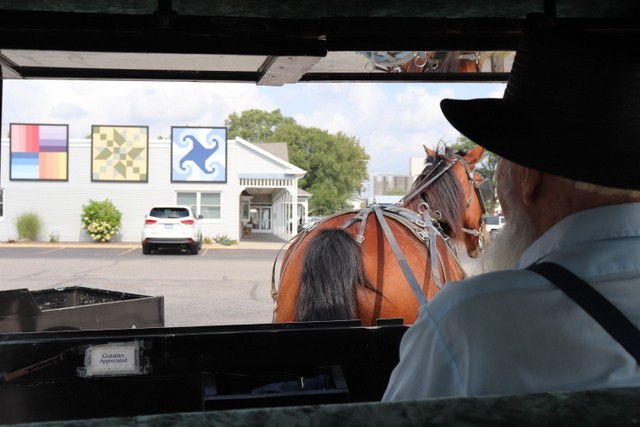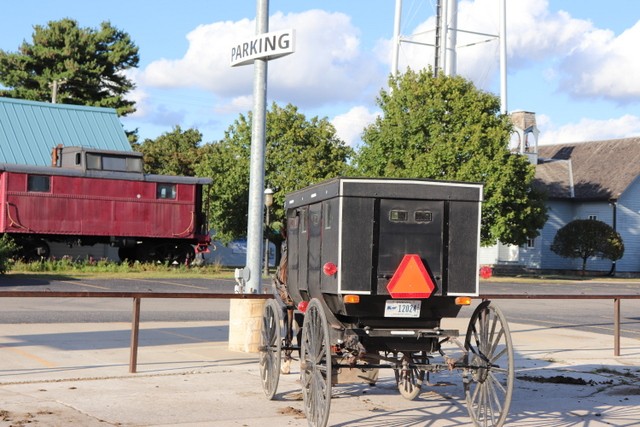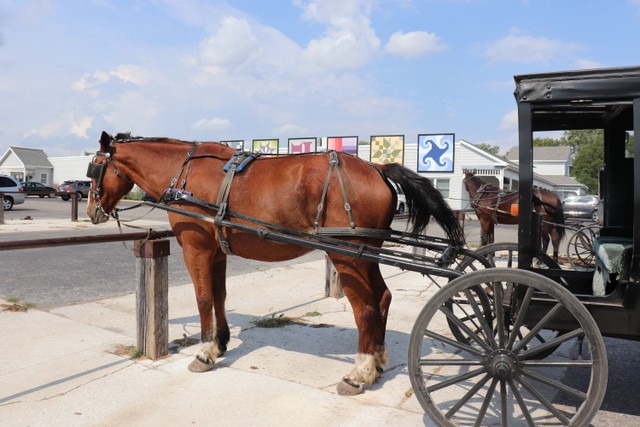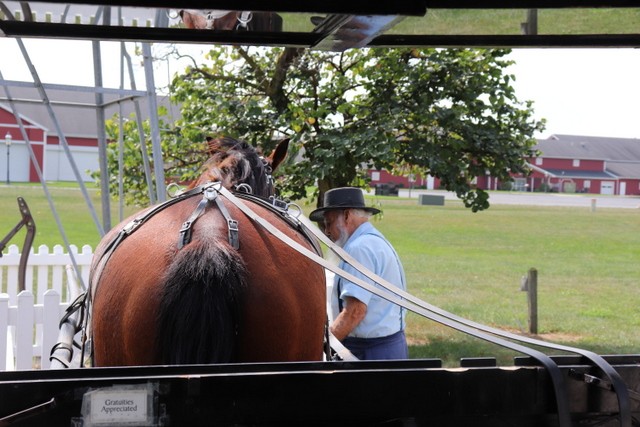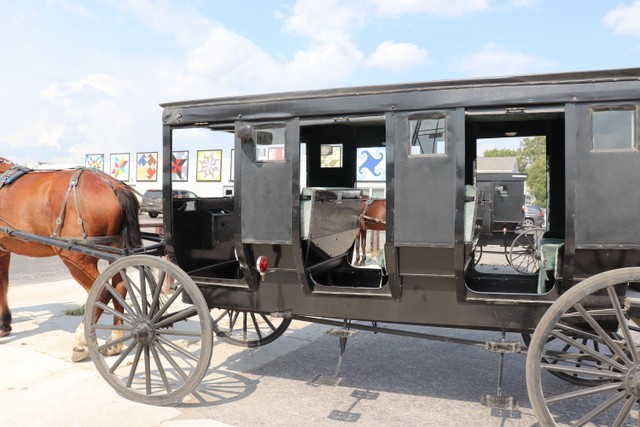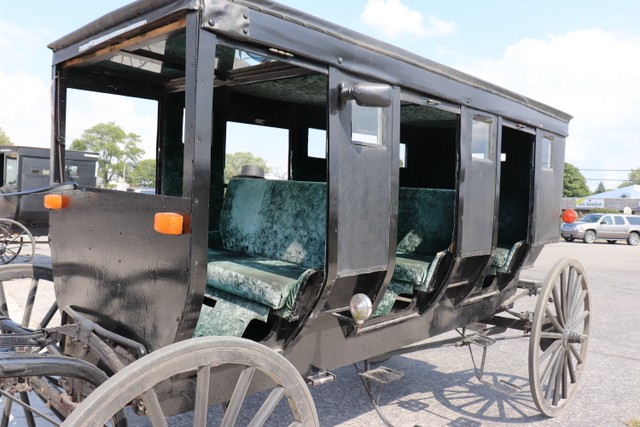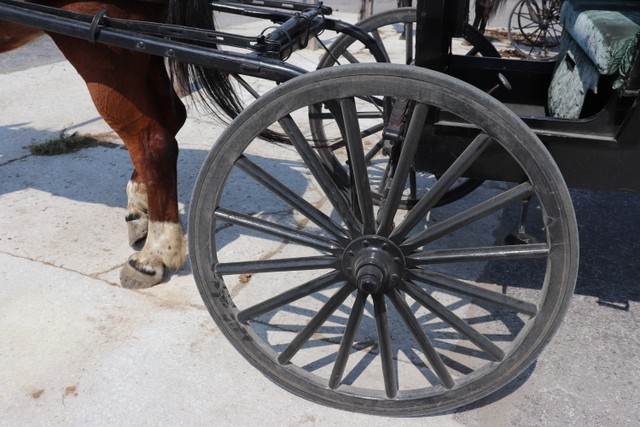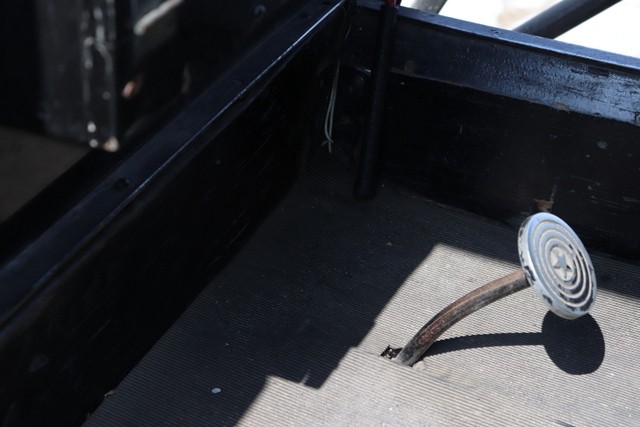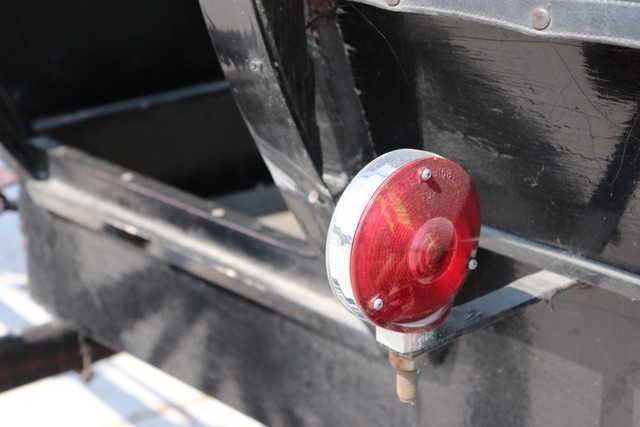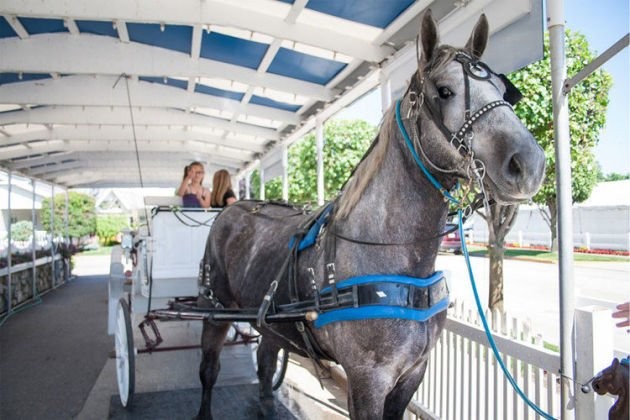The Amish buggy has come a long way since they first appeared in Shipshewana, IN. When they first came along, they were uncovered and horse-drawn. Since then, they have added tops, and there have been some requirements made for safety by law.
As a local resident now, I have had the amazing opportunity to spend some time with some of our locals and have learned a great deal about the most important features of an Amish buggy.
Below are the 12 most important parts of an Amish buggy, their functions and some added fun facts.
1. Horse
There was a lot of laughter around the number one part when speaking with one of our local drivers as he didn’t want to take second place, but we gave that spot to Terry. Terry is a retired race horse who eats mostly Alfalfa hay, but also enjoys oats, corn and the occasional apple or carrot.
A reliable, safe horse is a key part of the Amish buggy.
Horses must have shoes on their feet to protect their hooves and keep them from cracking on the gravel.
2. Driver
An experienced driver is another very important part of the Amish buggy. Having a driver who knows his horse is definitely in the running for the most important part of a buggy.
3. & 4. Orange Safety Triangle & Non-Motor Vehicle Plate
It is required by law that each buggy have an orange safety triangle and non-motor vehicle plates (obtained from the BMV) on the back.
5. Shaft
Now to the nuts and bolts so-to-speak. The shaft is what the horse sits in. (See the long straight wooden pieces.) These keep him securely fitted in so he can keep on a straight course.
6. Reins or Tugs
Reins (aka tugs), with the guidance of the driver, give small commands to the horse so he knows how to move, turn or even how fast to go.
7. Windows
Windows are standard plexiglass installed in the buggy and can open or close. They provide visibility out of the buggy so the driver can see what he or she needs to see for safety while traveling.
8. & 9. Box and Carriage
This box is actually a separate piece and is mounted to the carriage itself. They are two separate pieces.
The wheels are one part and the box is separate and is mounted on top of it. Upholstery color can be selected, but that’s really the only color choice available when picking out parts.
There are basic, 1-2 or 3-seater buggies (holding 2, 4 or 6 people). The bigger you get the bigger your leaf springs have to be… aka shock absorbers making for a smoother ride. The most common buggy today is the 2-seater for 4 people and can range from around $8,000 – $10,000.
New buggies may take up to 3-6 months to be complete, and there are also a few used buggy lots in the area if you can’t wait or you can try to bid on one at the Honeyville annual auction. I learned that one of our locals knows a man who uses a family buggy from 1904 that is still working.” This is possible because they’re easily fixable and consist of a lot of lighter parts.
10. Wheel
Today in the Shipshewana area, most buggy wheels are fiberglass (not wooden) and have a rubber lining and I learned that wooden ones turn into spears and arrows in a wreck, while fiberglass disintegrates on contact. This saves a lot of horses.
The rubber lining can blow off just like a flat tire, and needs replaced about once a year just like your car tires need regular repair and upkeep.
11. Brake
Most every buggy also has brakes these days. This part is not required by law, but is a really good safety feature that is just common sense. The buggy brake consists of a hydraulic system that releases oil into the brake system and applies pressure to the wheel when you push down on the pedal.
12. Accessories
Accessories are mostly basic add-ons like fenders, dash bars, extra turn signals, windshield wipers, or a ball hitch. There are even some additional options like wheelchair adaptable buggies helping to raise and lower a wheelchair on the back.
The turn signals are another requirement by law, and are operated with a marine battery in the back under the seat. The windshield wipers are a knob you just turn by hand.
At the end of the day if you really want to experience the life of the buggy, you have to schedule a local buggy ride and tour. The tour options include buggy rides of as little as 15 minutes and longer tours which have the option to include a working farm tour and full Thresher’s Dinner.
You can also choose to stop by a buggy shop, where you can see for yourself how a buggy is made from start to finish.
Many of these are seasonal, so definitely call ahead for hours or to schedule your tour.

